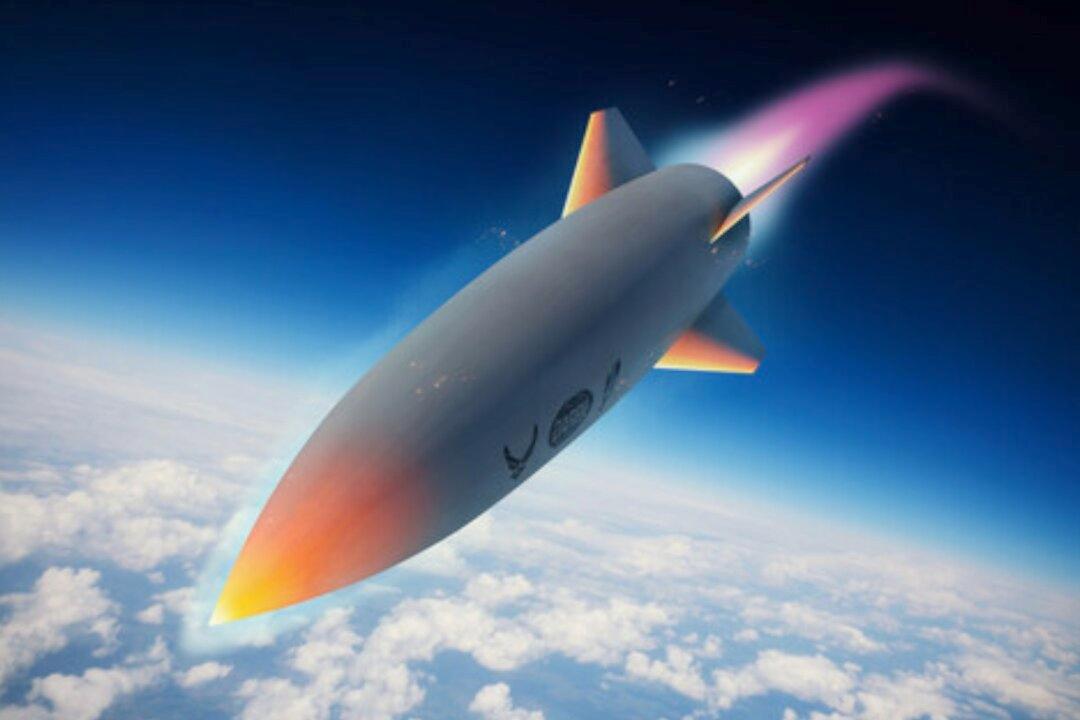The U.S. Department of Defense (DOD) announced this week that it successfully completed the second test launch of a hypersonic missile amid continued efforts to surpass Russia and China in developing the emerging class of weaponry.
In a Jan. 30 statement, the Defense Advanced Research Projects Agency (DARPA) and U.S. Air Force said the Lockheed Martin-built hypersonic missile reached speeds greater than Mach 5—which means more than five times faster than the speed of sound, or around 3,800 miles per hour (6,116 kilometers per hour).





